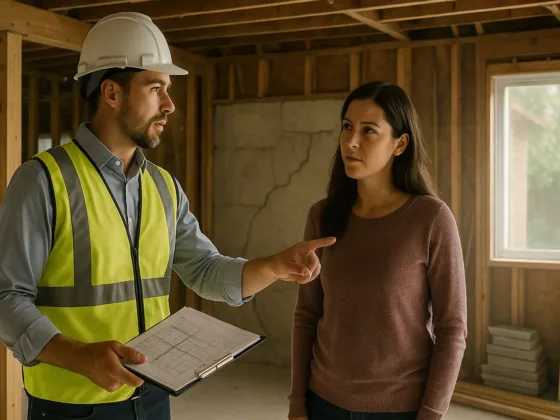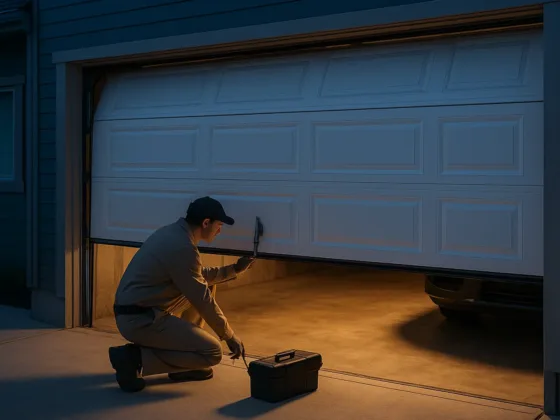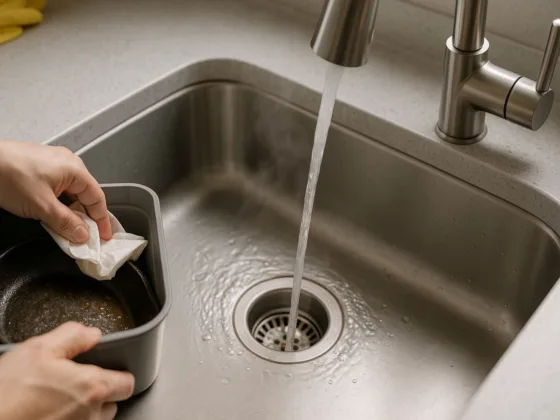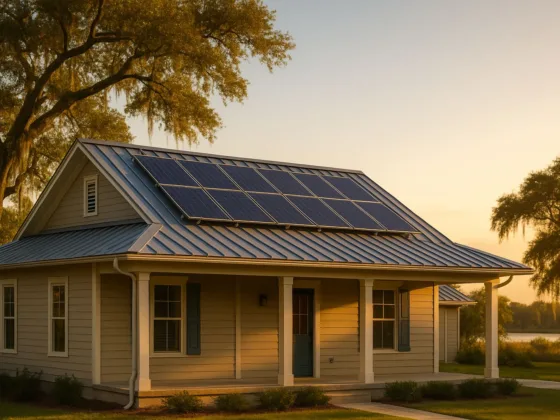Table of Contents Show
Selecting the right aggregate is an important step in ensuring the success of any construction or landscaping project. Gravel and crushed stone, while similar, have distinct differences that make each more suitable for specific needs.
Understanding their unique characteristics will help you make informed decisions. But how do you determine which material is better? Let’s dive into the details.
Understanding Gravel and Crushed Stone
Aggregates like gravel and crushed stone are foundational materials used in everything from pathways to construction projects. However, they differ in origin, texture, and application.
What is Gravel?
Gravel is a natural material formed through erosion. Over time, as rocks are weathered or carried by water, they become smooth, round, and polished. Their organic formation makes gravel an excellent choice for landscaping and outdoor designs where a natural aesthetic is desirable.
Gravel is commonly used for decorative applications, driveways, and drainage systems. Its smooth surface allows for easy walking and a cohesive look in gardens and pathways. For more insights, the differences and applications of gravel are extensively detailed online.
RELATED: Shed Base Gravel vs Concrete: Which Foundation is Right for You?
What is Crushed Stone?
Unlike gravel, crushed stone is machine-made. It’s created by mechanically breaking down larger rocks into angular particles. This deliberate process ensures pieces with sharper edges, making crushed stone an ideal material for structural applications.
Crushed stone is used in projects requiring strength and stability. Applications like roadbeds, building foundations, and concrete mixes are just some ways crushed stone plays a vital role in construction. Find out how crushed stone outshines gravel in certain scenarios.
Key Differences Between Gravel and Crushed Stone
Here’s a simple breakdown of how gravel and crushed stone differ:
- Formation: Gravel is naturally-created while crushed stone is produced mechanically.
- Texture and Shape: Gravel is smooth and rounded; crushed stone is angular and rough-edged.
- Applications: Gravel leans toward decorative and drainage uses, whereas crushed stone is preferred for structural stability.
Each material brings unique strengths to various projects, and choosing between them depends on specific considerations.

Factors to Consider When Choosing the Best Aggregate
Both materials have their advantages, but the final decision requires evaluating your project’s specific demands.
Project Type and Requirements
Different projects call for different capabilities. For driveways and walkways, gravel often works better due to its aesthetic and smoothness. Crushed stone, however, shines in structural settings like road bases and foundations.
Drainage Capabilities
If your priority is drainage, gravel is a winner. Its rounded shapes allow water to flow smoothly, which makes it ideal for projects like French drains or garden pathways. Crushed stone, while functional, may compact in a way that slightly hinders water flow.
Learn more about gravel’s benefits in drainage systems.
Aesthetic Appeal
Gravel, with its natural colors and rounded edges, complements gardens, patios, and decorative landscapes. On the flip side, crushed stone is less visually appealing but perfect when appearance isn’t a priority, such as under concrete slabs.
Load-Bearing and Structural Needs
For tough jobs requiring durability, crushed stone’s angularity provides better compactness and stability. It’s an essential material for load-bearing foundations, retaining walls, and highways. Think of it as the backbone of heavy-duty construction work.
Cost and Availability
Prices fluctuate based on local supply and demand. Gravel is often more cost-effective in areas close to riverbeds, whereas crushed stone is viable near quarries. Accessibility can be a deciding factor, so consult local suppliers for a better comparison.
RELATED: What are the Different Types of Aggregates and How Do You Use Them
Common Applications of Gravel and Crushed Stone
Aggregates serve a myriad of purposes. Here’s how they commonly fit into different projects:
Landscaping and Decorative Uses
Gravel is king when it comes to gardens, pathways, and driveways. Its polished look and variety of colors enhance outdoor aesthetics, making it one of the most sought-after materials for landscaping designs.
Structural and Foundation Applications
Crushed stone offers the firm, compact surfaces necessary for heavy-duty projects like foundations, parking lots, and road construction. The sharp edges lock well, ensuring stability under heavy loads.
Drainage Systems
Gravel creates efficient drainage pathways for outdoor projects. Crushed stone, because of its angular nature, stands out in underground drainage systems where long-term durability is key.
Recycled Applications
Both materials are finding their way into sustainable projects. Recycled versions of crushed stone and gravel reduce environmental impacts, contributing to greener construction practices.
Tips for Choosing the Best Aggregate for Your Project
Selecting the right aggregate doesn’t have to feel overwhelming. Here are some practical tips to help you decide:
Consulting Professionals
Large or complex projects require precision. Consulting with local experts ensures you choose the most suitable material for your requirements. Their industry knowledge can save you time and money in the long run.
Testing Material Samples
If you’re unsure, get a small sample of each material and evaluate its performance. Seeing how they look and feel in your project setting can make all the difference.
Considering Long-Term Maintenance
Gravel pathways might eventually shift and require leveling, while crushed stone foundations are low-maintenance once compacted. Make sure to consider upkeep when deciding between the two.
RELATED: Shed Foundation 101, Top Choices of Building Foundation for Shed
Conclusion
Gravel and crushed stone are indispensable in construction and landscaping, each offering unique benefits. From aesthetic landscaping projects to heavy-duty construction work, the choice of the best aggregate hinges on your project’s purpose, budget, and aesthetic goals.
Carefully weigh factors like drainage, structural stability, and long-term maintenance to make an informed decision. Whether you’re building a driveway, garden walkway, or a strong foundation, your project’s success starts with choosing the best aggregate.
FAQs
Gravel is naturally occurring rock fragments that are typically rounded and smooth, while crushed stone is made from breaking down larger rocks into smaller pieces, resulting in angular edges. This difference affects their texture and drainage properties.
Gravel is generally better for drainage due to its rounded shape, which allows water to flow through it more easily. Crushed stone can also provide good drainage but tends to compact more tightly, which may restrict water flow in some applications.
Yes, gravel is commonly used in landscaping and driveways. Its natural look makes it an attractive option for gardens, pathways, and as a base for driveways. However, consider the size and type of gravel to ensure it suits your project.
Generally, crushed stone can be more expensive than gravel due to the additional processing required to break down the rocks. However, prices can vary based on location, availability, and the type of stone used.
Yes, crushed stone is often preferred for projects that require a stable and compact base, such as concrete foundations and road construction. Its angular shape provides better interlock and stability compared to gravel.
Consider the specific needs of your project, such as drainage requirements, aesthetic preferences, and load-bearing capacity. If you need enhanced drainage, gravel may be the better option, while crushed stone is ideal for stability and support.










